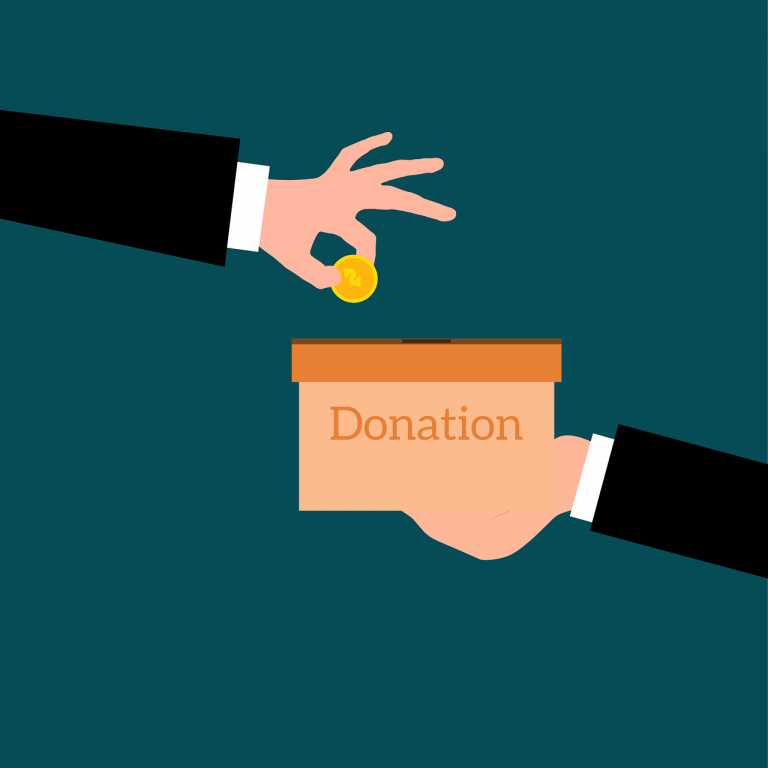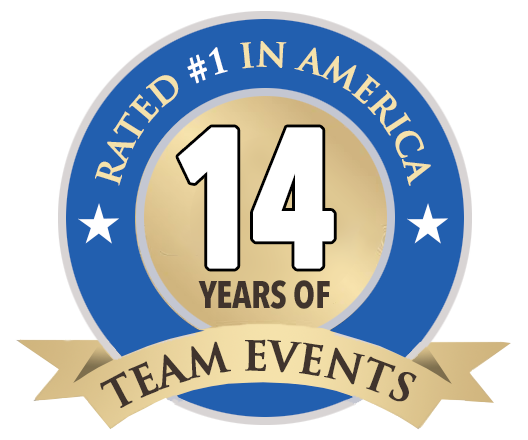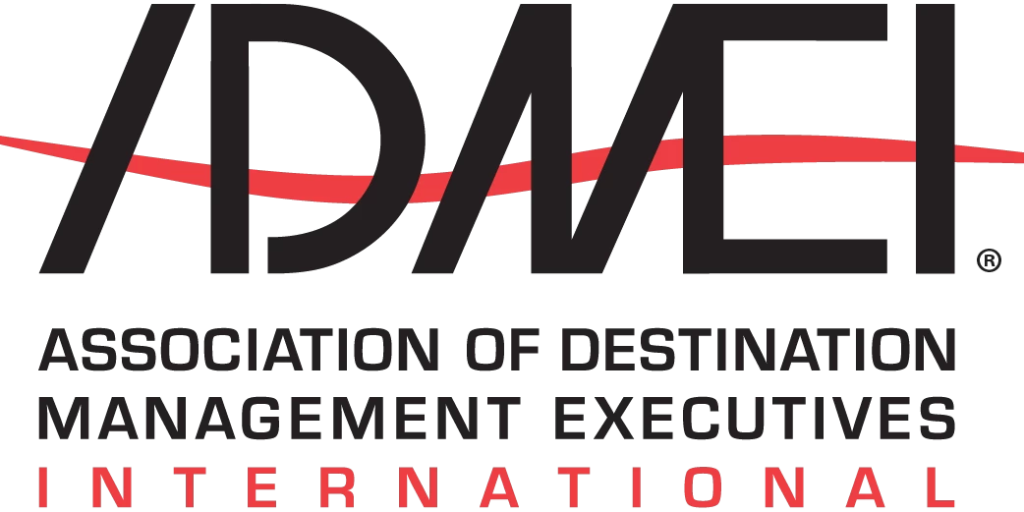As technology automates more and more simple, linear tasks, more of the work that people do involves collaboration. Put another way, professionals today spend less time on individual, solo tasks than in the past and more time working as part of a team.
New products are designed by teams. New software is developed by teams. Sales are often closed by teams. New system procurement decisions are made by teams. Even this blog post was created by a team (a writer, a facilitator/subject matter expert, an editor/coordinator, and a webmaster).
Our last post, How Team Building Makes New Employees More Productive, Faster, detailed four ways that team building programs help get new (or new-to-the-role) employees up to speed more quickly by helping them get to know, understand, and connect with their coworkers.
Team building also helps teams to be more effective and productive. Regardless of how long each individual member of a team has been employed in the organization, any time a new team is formed there are phases it will pass through before reaching full productivity.
Team building can help accelerate that formation process, helping teams become more productive more quickly. In his classic book on group and team communications, author Donald B. Egolf, Ph.D., defines four stages of team development: forming, storming, norming, and performing.
Forming
The forming stage is the “playing nicely together in the sandbox” phase. Everyone is polite, deferential, and on their best behavior. There’s an almost artificial niceness as everyone is feeling things out. This generally lasts only for a relatively brief period of time before teams go into the next stage, storming.
Storming
The storming stage is where conflicts begin to arise. There are behavioral differences that come up. There are certain irritations and annoyances that are surfaced. There are differences of opinion about what’s going to happen, or how to proceed.
Norming
Effective teams work through those issues and move into the norming stage, as they start to figure out how to work together. They ask, “How are we going to operate?” They come up with team agreements. They understand and accept each others’ differences. They define when and how they will communicate, and how they will work together.
Performing
If the team does a good job getting through that norming process, it reaches the performing stage, becoming a high-performing team.
How Team Building Helps
In a typical work environment, teams can languish in those early stages of the forming and storming for a long time as they’re feeling each other out. This is even more of a danger when people are working remotely, as their interactions with each other are much more limited.
Team building activities can accelerate this process; you can get through the forming stage pretty quickly and get into some storming. Storming within groups—having some challenges in a team-building activity—isn’t a bad thing. It’s actually helpful.
It’s not that you want groups constantly struggling at a team-building activity, of course. But having a few frustrations and needing to work things out among team members can be a great thing, because it gives members the tools and knowledge to better understand each other and begin creating some norms.
If they can go through the process of forming, storming, and then creating some norms during their orientation stage when solving an inconsequential team building problem (such as a Crack the Case mystery activity or an Amazing Chase SmartHunt®, as opposed to a real-world business problem), it will help them move through those stages much faster when they’re back in the workplace, and hopefully, reach a high-performing level more quickly.














